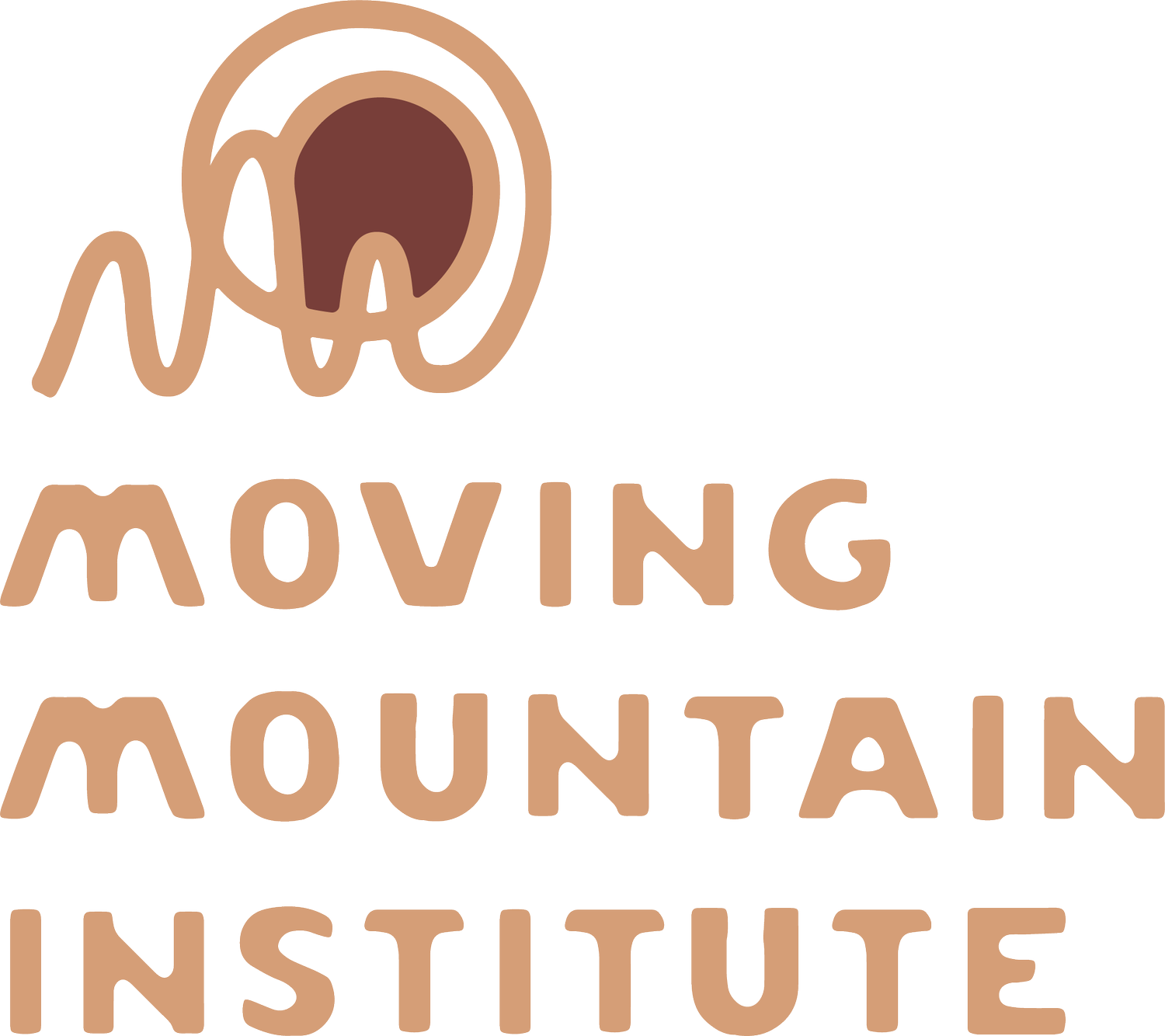Thoughts on Myofascia + Movement
/I'm putting the finishing touches on the Active Isolated Stretching manual for our workshop this weekend. We will be teaching techniques that involve a unique combination of movement and touch to access the spine and pelvis in ways that are otherwise difficult to reach. Dynamic movement within the context of our myofascial principles is powerful and yet still respectful of the tissue.
While I was working, I revisited the writing and insights of Aaron Mattes, founder of this approach and technique. I wandered through his introduction and came across some gems to share:
"Unfortunately, the deeper layers in the subserous and deeper fascial structures within the pelvis and spine do not benefit from superficial modalities such as heat, cold, ultrasound, electric currents and massage...This deeper fascial plane needs stimulation of the fibrous fascial matrix through sound knowledge and application of functional anatomy and kinesiology. Additionally the sequence of myofascial release must be done with precision, releasing the outer myofascial structures in proper order with the goal of releasing the deeper fascial structures surrounding the joints and visceral structures."
Aaron has packed a lot in here. The way I have designed this class naturally incorporates an understanding of functional anatomy and kinesiology. It wasn't until I started learning and practicing this technique that I really was able to appreciate functional anatomy. Second, I just love that he emphasized a sequence to our work. And, included as a possible goal, releasing tension not only around joints but also visceral structures. In this way, stretching intelligently is a means to set up more productive visceral fascial work, releasing stress within and around joints and allowing cranial work to go deeper into the system.
And, of course, understanding the functional anatomy and layering of myofascial planes allows us to interpret our felt sense and approach a stretching sequence skillfully and in great service to our patients. In this course we will be learning to work extensively with the thoracolumbar region from a side-lying position -- something that is both very unique and reflects the multi-dimensional nature of this anatomy.
Aaron goes on to say:
"Fascia and the autonomic nervous system have a close relationship to the extent that autonomic nerve ganglia are embedded into the fascial matrix. Studies suggest that autonomic dysfunction may arise from fascial dysfunction. Fascial disruption can affect the circulation and nourishment of these autonomic ganglia resulting in aberrant dysfunction."
This is a way of saying that fascia is perceiving and its perceptions are then picked up by the nerve ganglia and become encoded within the autonomic nervous system. Many of us are familiar with the ways in which intentional movement practices alter the way in which we experience our nervous system. Movement touches and changes nervous system tone. We all have patients who struggle to incorporate dynamic movement into their daily routine - often introducing them to movement on the table can serve as a bridge. Patients connect, while in a healing setting with someone they trust, with their body as it moves in new and unique ways. This gets their attention and often they become curious to experience more of that sensation. In this way, we are stimulating intrinsic motivation.
Lastly, Aaron references my OG fascial guru, James Oschman. Aaron, riffing on Oschman says:
"All movements of the body as a whole or any of its smallest parts create tensions that are manifest in the connective tissue fabric. Each tension, each compression, each movement, causes the connective tissue crystalline lattice to generate bioelectric signals that precisely describe and encode each tension, compression and movement. This semiconducting bioelectric communication network channels information along fascial lines that correlate with the meridian system of Eastern Medicine."
fascially-reminiscent watercolor detail in a large-scale work by the talented @lefoxstudio
It's always helpful for me to loop back around these concepts and bring them to the forefront of my imagination while I'm working.




